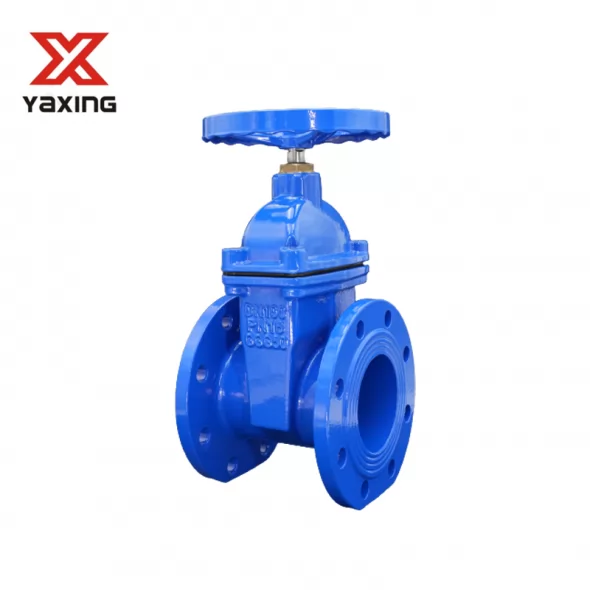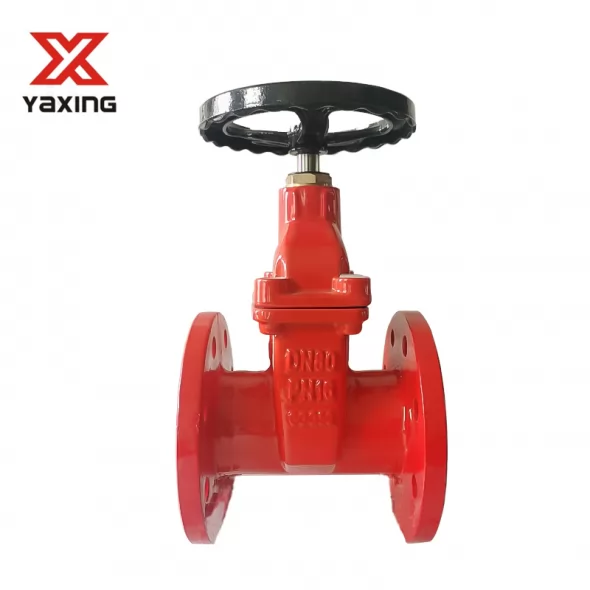+86 186 3170 8948
+86 186 3170 8948
Jul. 19, 2024
When choosing valves for various industrial applications, it's crucial to understand the differences between cast iron and ductile iron valves. These materials, while similar in appearance, offer distinct advantages and limitations that can impact their suitability for specific uses.

Cast iron is an iron-carbon alloy with a carbon content typically between 2-4%.
It contains carbon in the form of graphite flakes, which gives it a brittle structure.
The flakes create stress concentration points, making cast iron less ductile and more prone to cracking under stress.
Ductile iron, also known as nodular or spheroidal graphite iron, includes additional nodulizing elements like magnesium or cerium.
These elements cause the graphite to form in spherical shapes rather than flakes, significantly improving the material's ductility and toughness.
Ductile iron retains much of cast iron's durability while offering improved flexibility.
Cast iron is known for its excellent compressive strength, making it suitable for applications where it primarily faces compressive loads.
However, its tensile strength and impact resistance are relatively low compared to ductile iron.
Ductile iron, with its spherical graphite structure, exhibits superior tensile strength and impact resistance, making it more suitable for dynamic and high-stress applications.
Both materials offer good wear resistance, but ductile iron's enhanced flexibility allows it to withstand impact and fatigue better, extending the lifespan of valves made from this material.
These valves are often used in low-pressure applications such as water, sewage, and non-critical industrial processes.
They are preferred where the risk of impact or sudden pressure changes is minimal.
Due to their improved mechanical properties, ductile iron valves are used in more demanding applications such as high-pressure water systems, gas distribution, and critical industrial processes.
They can handle greater pressure fluctuations and are less likely to crack under stress.
Cast iron valves are generally less expensive than ductile iron valves due to the simpler manufacturing process.
However, the cost difference is justified by the increased durability and versatility of ductile iron valves, which can lead to lower long-term maintenance and replacement costs.
Choosing between cast iron and ductile iron valves depends on the specific requirements of your application. Cast iron valves offer a cost-effective solution for low-pressure, low-stress environments, while ductile iron valves provide enhanced performance and reliability in more demanding conditions. Understanding these differences ensures that the right material is selected, optimizing the safety and efficiency of your industrial systems.

Yaxing Valve specializes in designing and manufacturing high-quality ductile iron valves. Established in 2003 and located in Botou Industrial Zone, Cangzhou City, Hebei Province, China, our company covers 150,000 square meters. We offer a comprehensive range of valves, including gate valves,butterfly valves, check valves, filters, hydraulic control valves, HVAC balancing valves, air release valves, and flexible joints. Our production process includes machining, shot blasting, epoxy powder coating, assembling, testing, and packing, ensuring top-notch products from foundry to finished goods. Welcome to visit our factory and develop business with us.
Previous post
Related Products
Botou Yaxing Fluid Equipment Co., Ltd. specializes in providing design, development, and manufacturing services for the water valve industry. We produce high-quality valve products.
+86 186 3170 8948
No.4 Road Botou Industrial Zone, Cangzhou City Hebei Province, China
Get Free Sample
 Privacy Policy
Privacy Policy